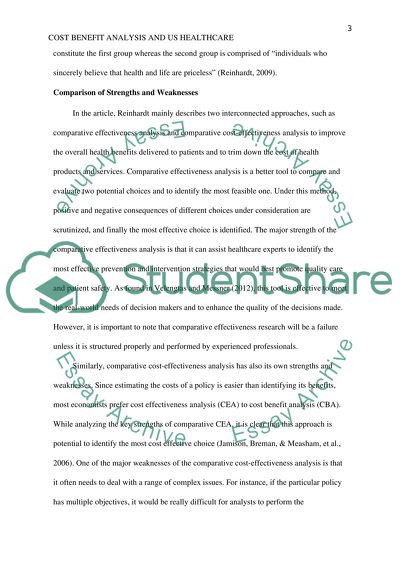Cite this document
(“Cost Benefit Analysis and US Health Care Research Paper”, n.d.)
Cost Benefit Analysis and US Health Care Research Paper. Retrieved from https://studentshare.org/health-sciences-medicine/1654497-cost-benefit-analysis-and-us-health-care
Cost Benefit Analysis and US Health Care Research Paper. Retrieved from https://studentshare.org/health-sciences-medicine/1654497-cost-benefit-analysis-and-us-health-care
(Cost Benefit Analysis and US Health Care Research Paper)
Cost Benefit Analysis and US Health Care Research Paper. https://studentshare.org/health-sciences-medicine/1654497-cost-benefit-analysis-and-us-health-care.
Cost Benefit Analysis and US Health Care Research Paper. https://studentshare.org/health-sciences-medicine/1654497-cost-benefit-analysis-and-us-health-care.
“Cost Benefit Analysis and US Health Care Research Paper”, n.d. https://studentshare.org/health-sciences-medicine/1654497-cost-benefit-analysis-and-us-health-care.


